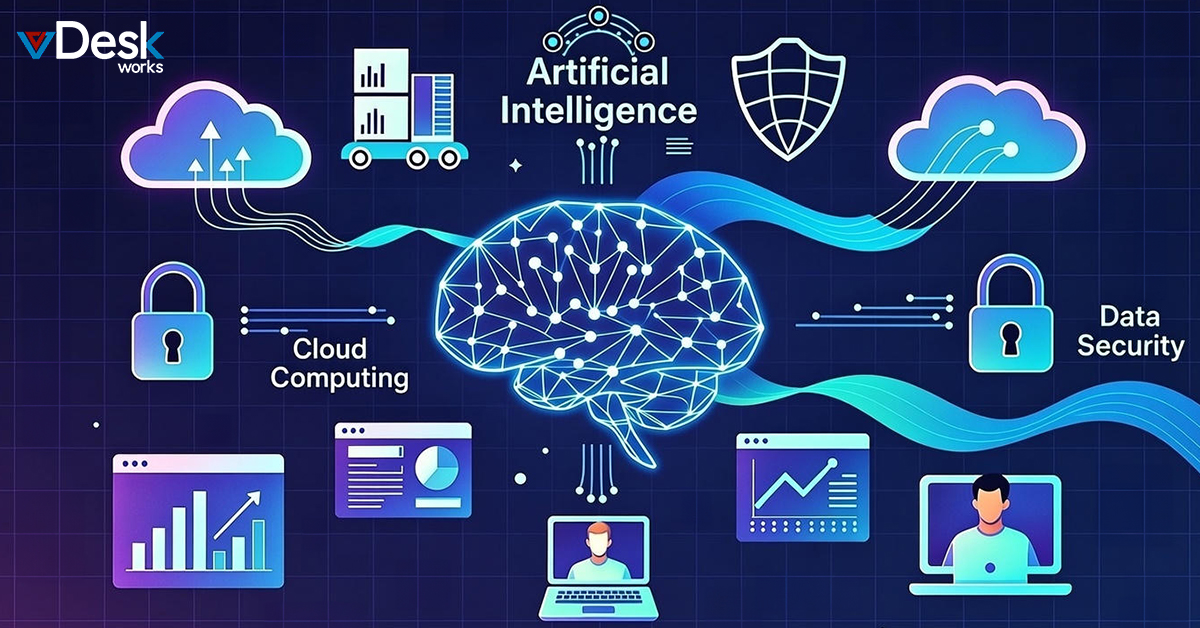Cloud computing is available in a wide variety of services and has numerous benefits for any organization. But for achieving maximum efficiency from the cloud, the choice of the right cloud service level is the essential part. Here are the four major cloud-service available that'll help you utilize cloud computing to build and manage IT infrastructure.
Desktop as a Service (DaaS)
DaaS or Desktop as a Service is a form of Virtual Desktop Infrastructure. A DaaS service provider offers all back-end services that cover the requirement which is available on a local PC. Some of the advantages of DaaS include:
- Easy to migrate on another platform
- DaaS is easy to use as compared to other cloud-service models
- DaaS service is highly personalized and customizable
DaaS is suitable for small organizations that have limited resources, as well as for organizations looking for a low-cost virtual desktop solution.
Software as a Service (SaaS)
SaaS allows end-users to get software applications on-demand, over the Internet. Mostly available on subscription basis, SaaS provides a facility for end-user to host and manage the software application and underlying infrastructure along with performing maintenance activities like upgrading software and security patches. Some of the benefits of SaaS include:
- Commercial software available on the web
- SaaS software is usually managed from a central location, so it gets easily manage
- The end-user is not required to handle any software upgrades
SaaS is a good option for organizations that deal with applications that must have Internet or mobile access which makes it very easy to access the web without the need for any hardware upgrades.
Platform as a Service (PaaS)
PaaS allows the end-user to rent or purchase an on-demand environment for development, testing, delivery & management of software applications. This category is designed for quick creation of web or mobile apps, without worrying about any requirement of managing the underlying infrastructure of servers, storage, network, and databases which are required for development purposes. Some of the benefits of PaaS include:
- It provides an environment to test, host, deploy and maintain applications in various frames of development
- PaaS allows for a multitenant system where multiple users can access and manage a single account
- PaaS has inbuilt scalability to assist in data load balancing
PaaS is suitable for an organization with various developers working on the same development project, which helps to achieve the development of portable applications that require customization of hardware and software.
Infrastructure as a service (IaaS)
IaaS is the most basic category of cloud computing services that allows the end-user to rent IT infrastructures like servers and virtual machines from a cloud provider based on pay as peruse. Some of the benefits of IaaS include:
- IaaS provides a vast collection of resources that are distributed as services for an environment
- IaaS is flexible in term of scaling the environment
- Cost changes as per the usage
IaaS is suitable for organizations that have a prominent need for a cloud computing infrastructure but have compliance restrictions a company from outsourcing data storage.


 Jerry Clark
Jerry Clark
















